Since in XP most people are logged as admins - it's easy for a programmer to make a program work with the registry. What I am trying to do is this:
The software is started and it's added as a startup process in the registry- however this should be done only when the application is closing - not before.
However this doesn't work in XP when the user is limited and same thing in Vista, 7, 2008.
What are the workarounds? I was thinking to make the program create a scheduled task or being attached to a process with higher privileges? Any working way? My software is .NET related - actually same thing happens and in C++ - but I secretly hope that net offers easier methods to work it out.
